
The Dynamite Chicken cookbook is here! Get ready for 60 brand-new ways to love your favorite bird. Inside this clever collection by Food52 and chef Tyler Kord, you'll find everything from lightning-quick weeknight dinners to the coziest of comfort foods.
Order NowPopular on Food52
Continue After Advertisement
10 Comments
MARINNA
February 11, 2015
first time i roasted a whole chicken AND broke it down like this, and it was easy!! I'll be buying whole chickens from now thanks to this tip lol
Trenaye Y.
October 29, 2014
What do you mean by "air-chilled" chicken?
Drew C.
February 29, 2016
Let the chicken cool, uncovered, in the fridge, so the skin of the bird dries out.
Anne
October 27, 2014
I did it! And it was easy. First time I ever broke down a chicken. Now on to the stock.
Fran M.
October 26, 2014
What do you mean by unpeeled? Do you mean don't peel them?
Cara N.
October 26, 2014
yup! just leave the skins right on there. This will give you a darker stock, so if you prefer one that's clearer/lighter in color, feel free to peel them.
Cara N.
October 26, 2014
also forgot to mention--onion skins are good for you! They've got anti-inflammatory properties and have been shown to prevent the arteries from clogging.
Charlotte S.
October 24, 2014
This is awesome.. seriously! When was the last time someone showed you how to ACTUALLY do this the right way. Um, never LOL. Thank you sooo much!!! :)
Sarah
P.S. If you're looking for really cute and awesome Halloween recipes for next week, I found a great collection here.. http://entertaining.idailyinfo.com
Sarah
P.S. If you're looking for really cute and awesome Halloween recipes for next week, I found a great collection here.. http://entertaining.idailyinfo.com
Catherine L.
October 24, 2014
This is so helpful! The last time I broke down a chicken, I was like "this won't be so hard!" and just went at it. Yes, it was that hard. But this makes it look easy! Another win for Cara.
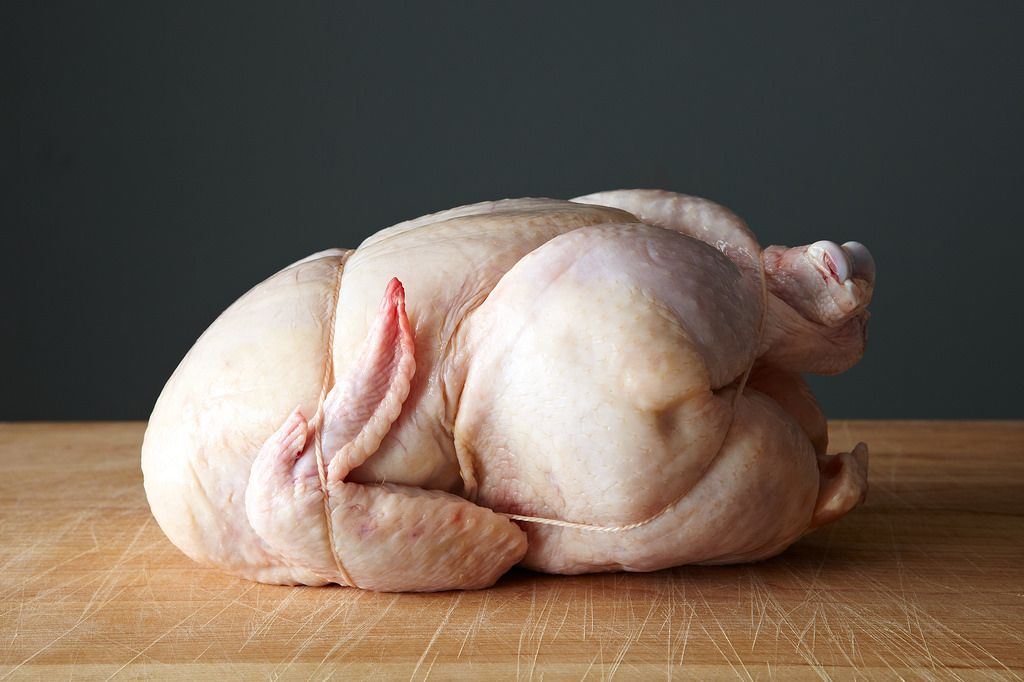
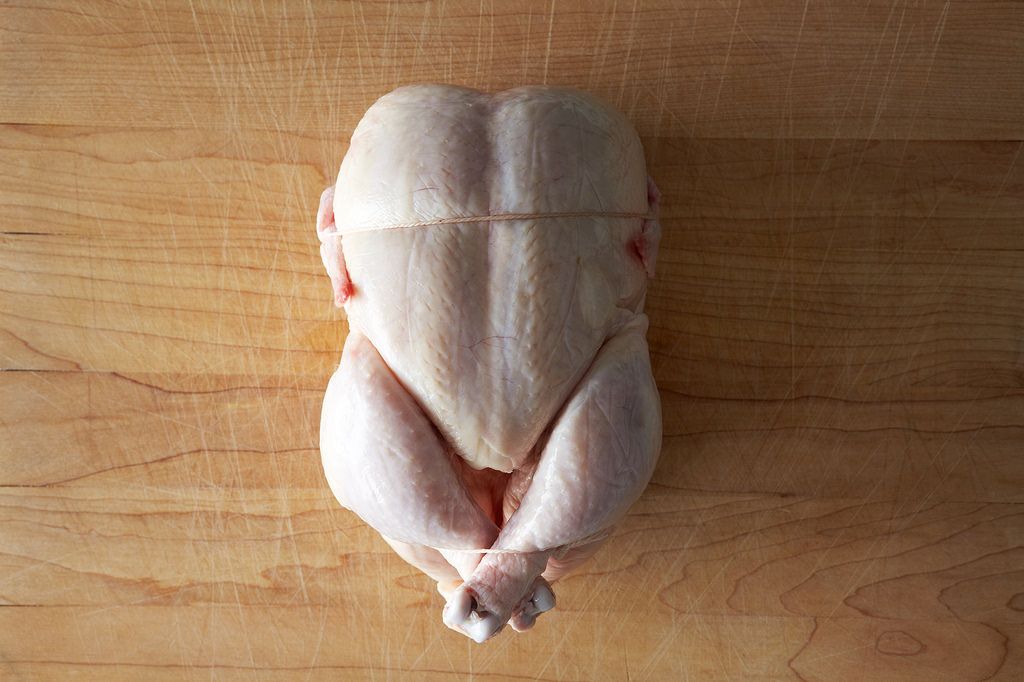
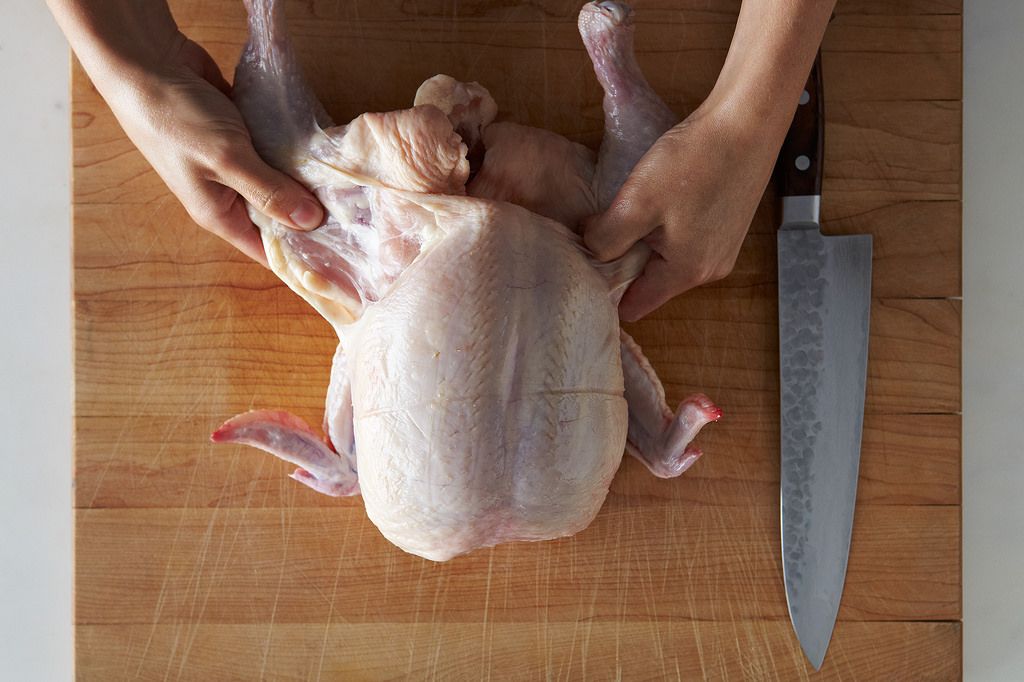
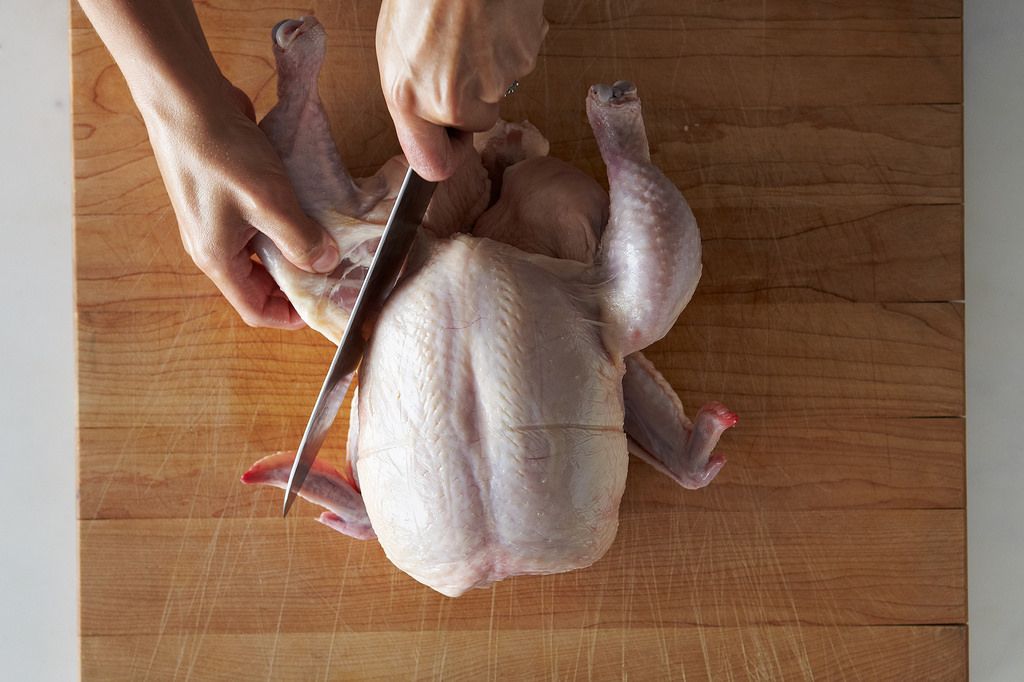

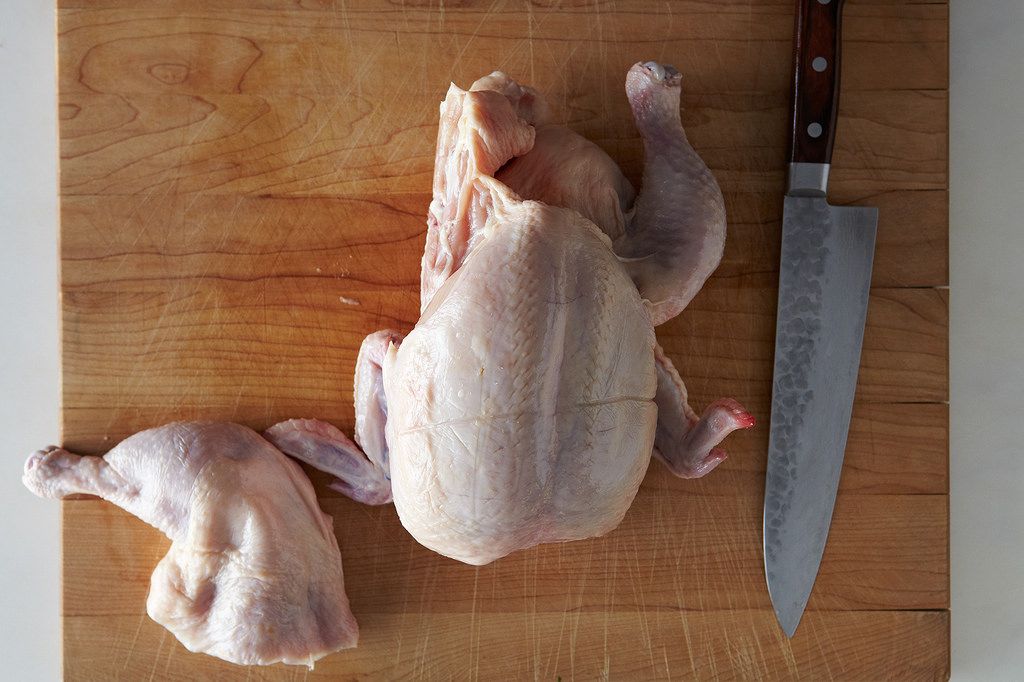
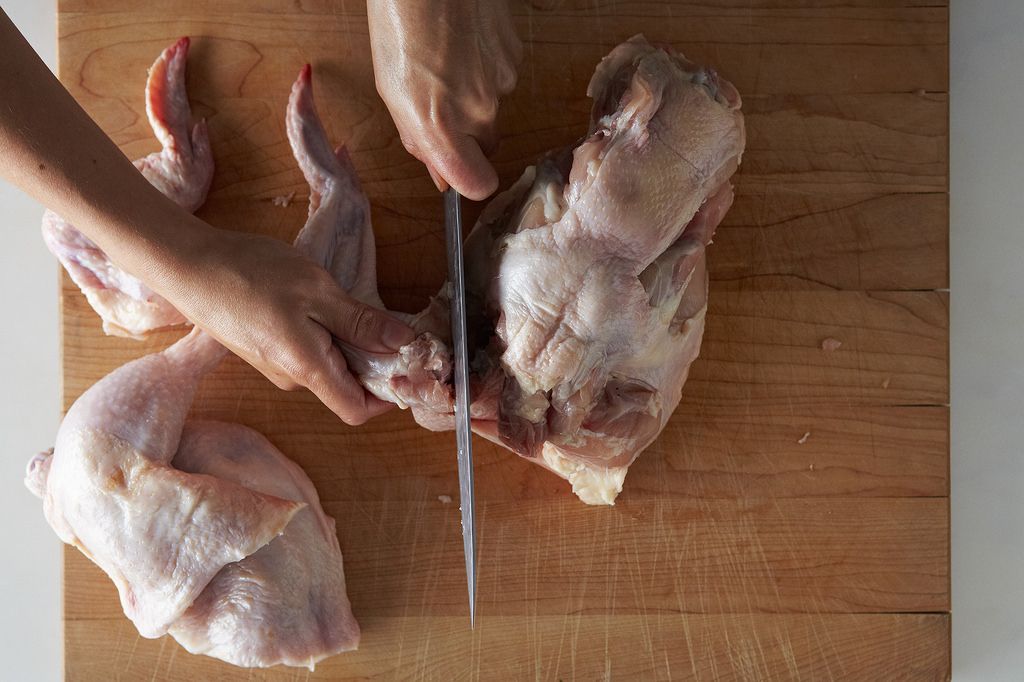
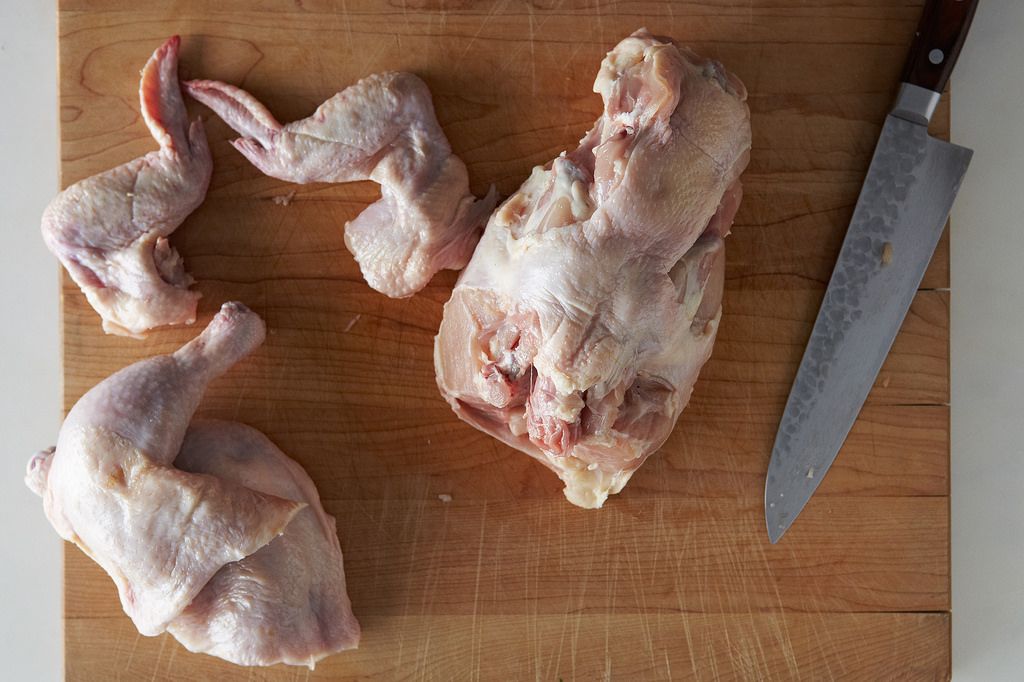
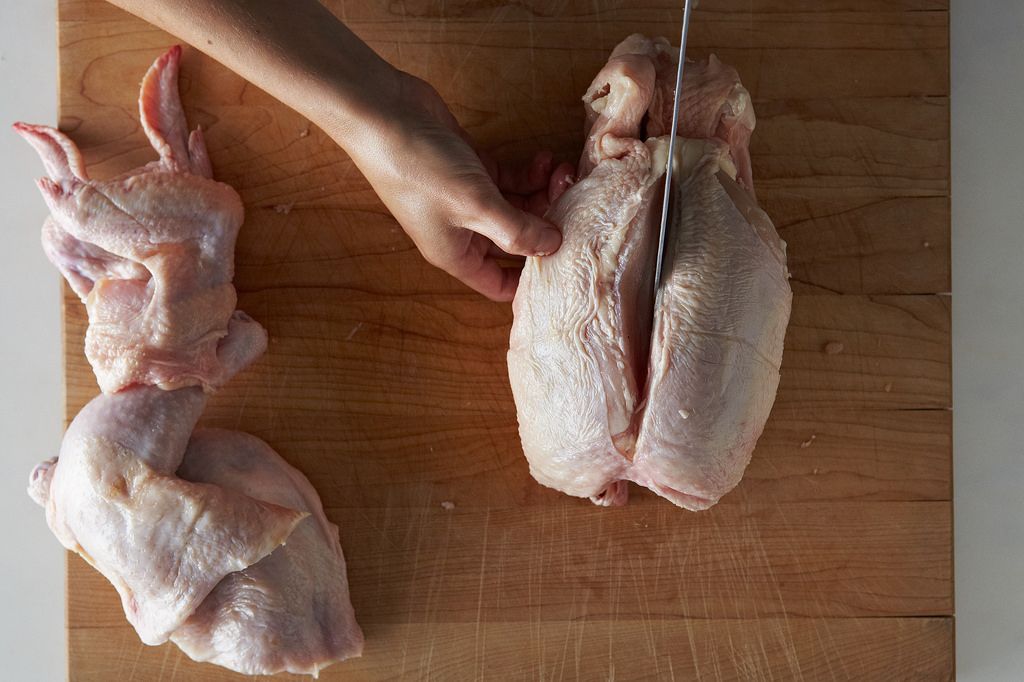
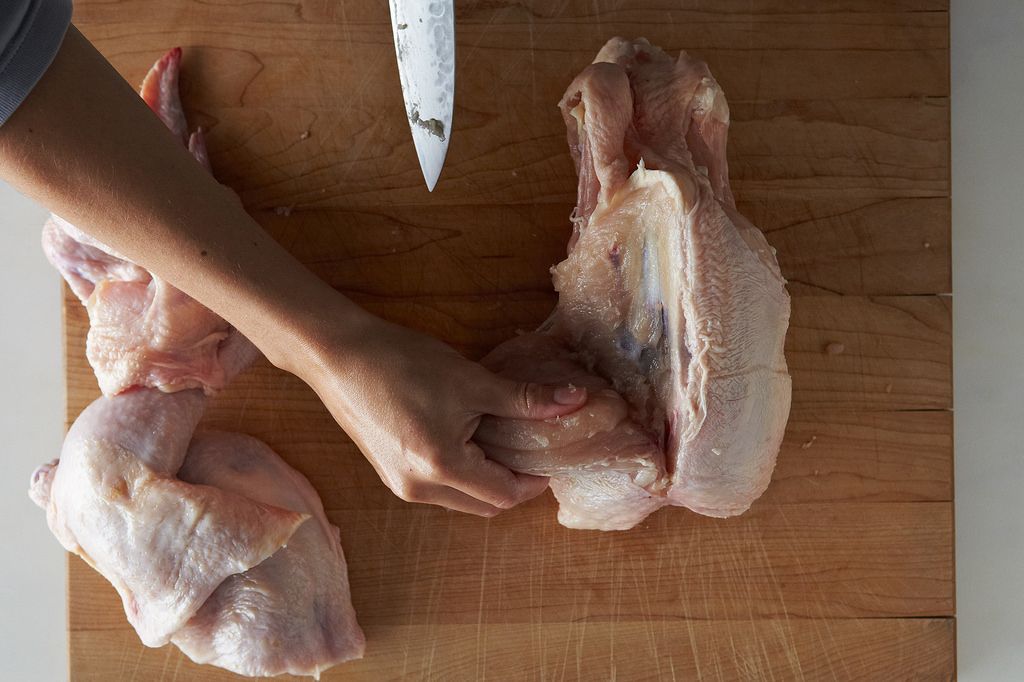
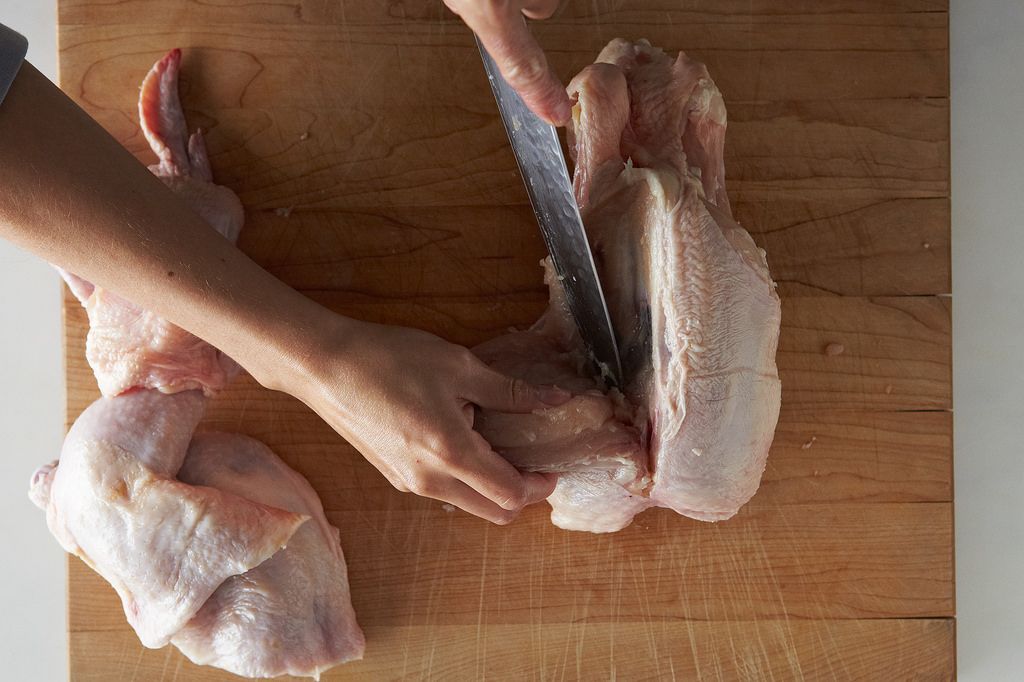
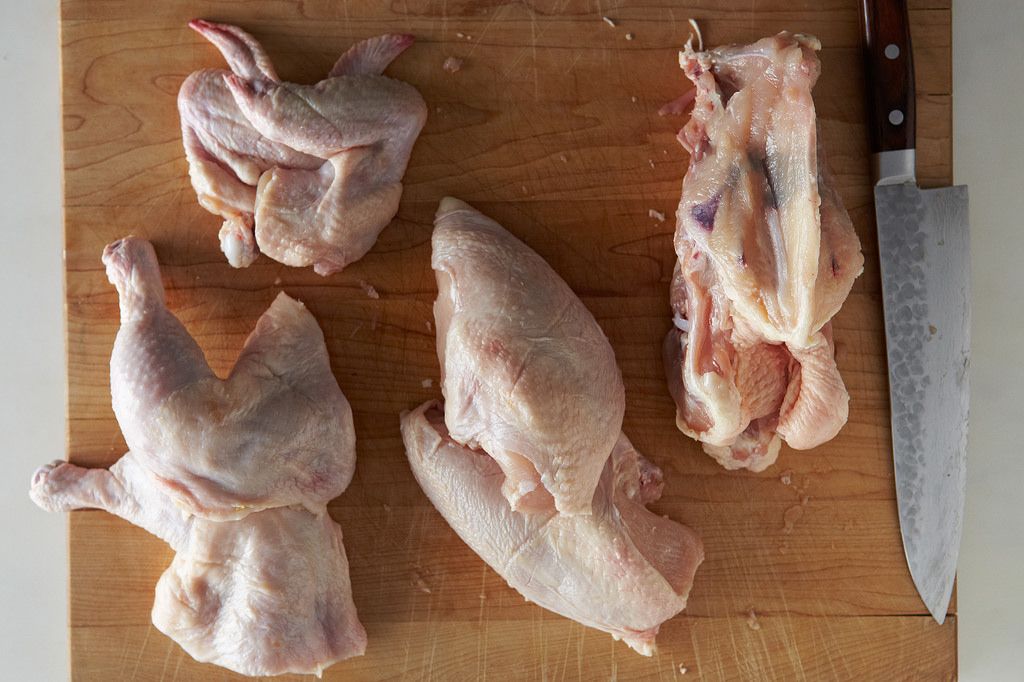
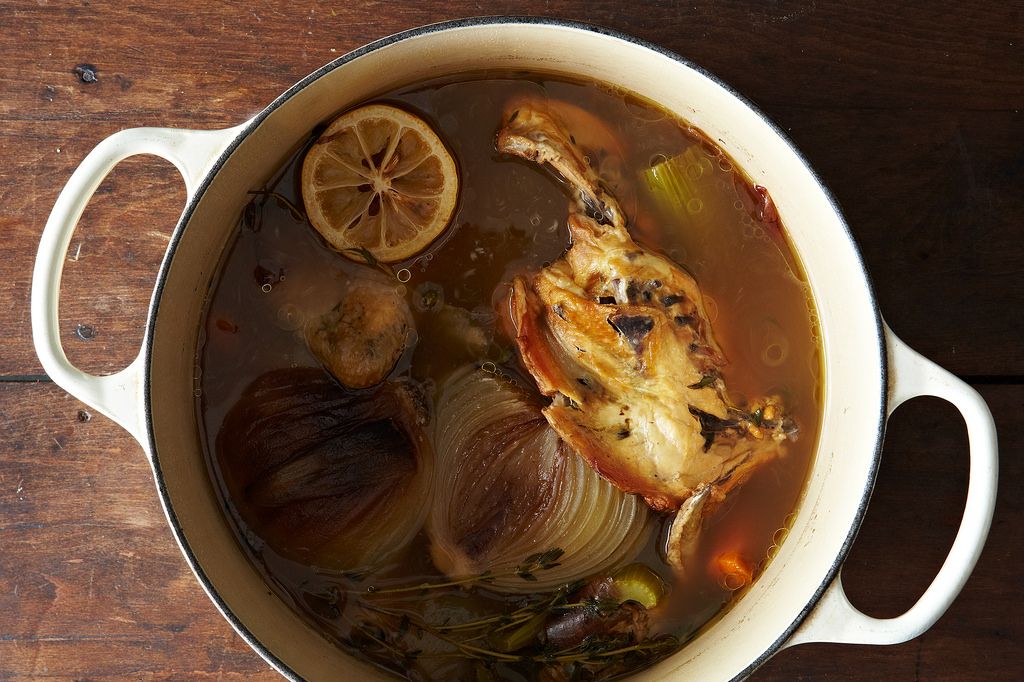
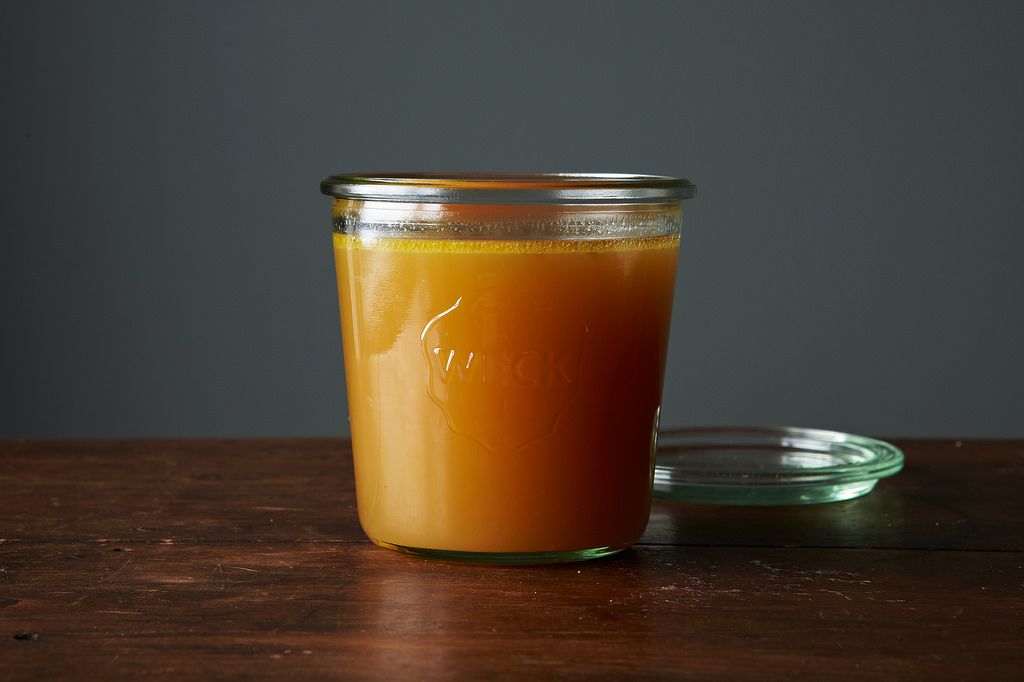

See what other Food52 readers are saying.